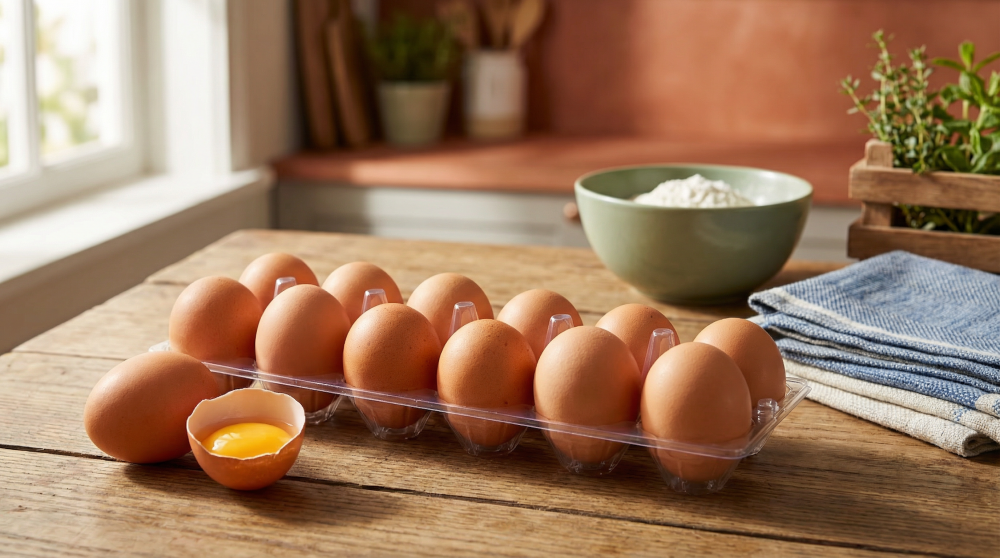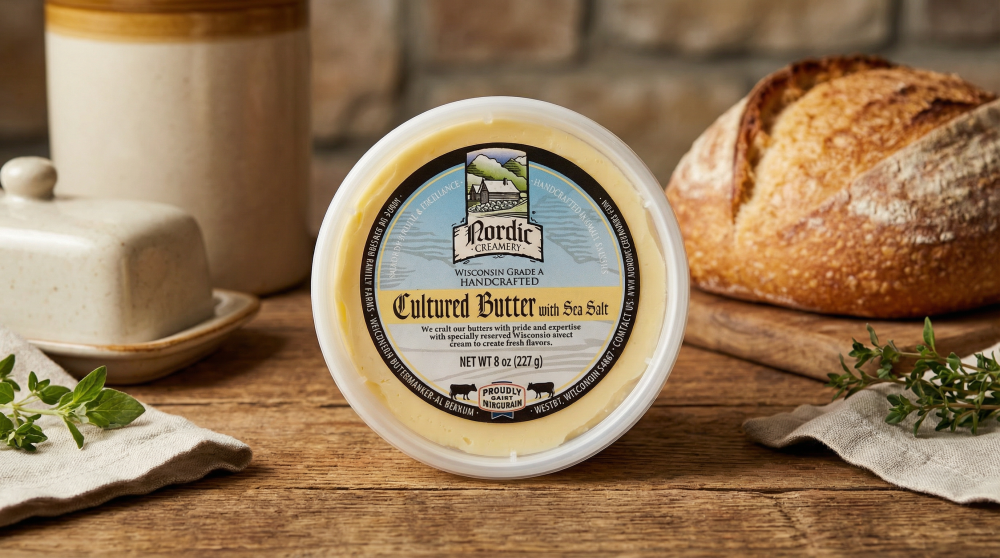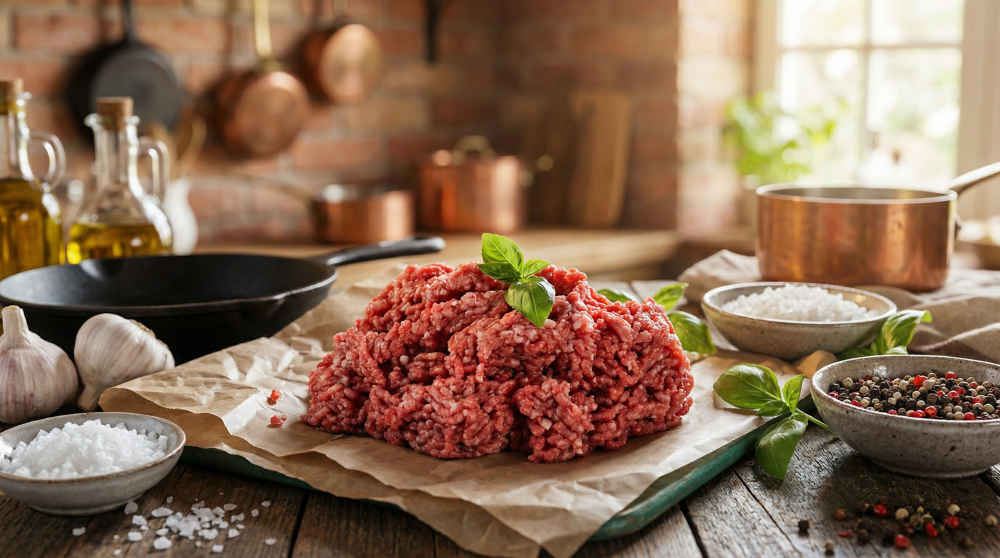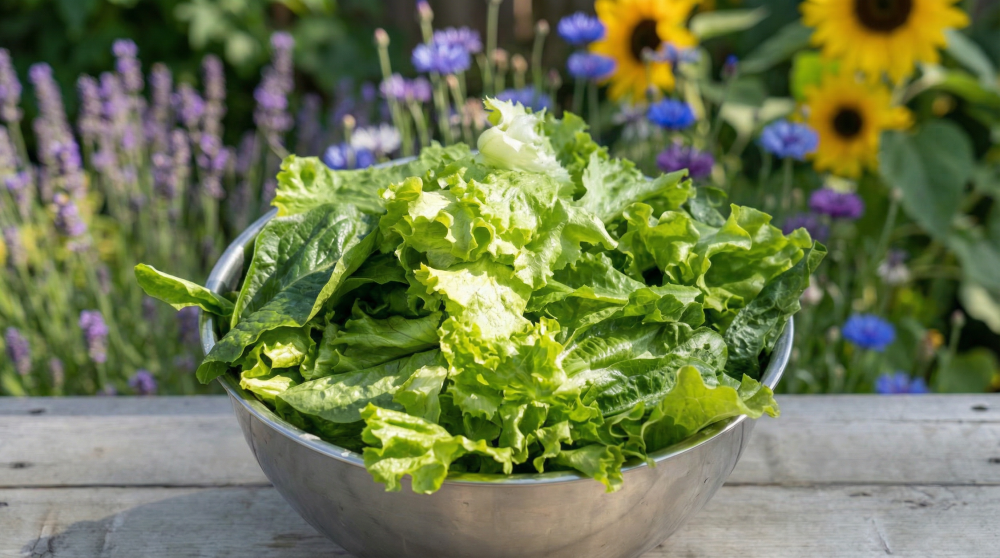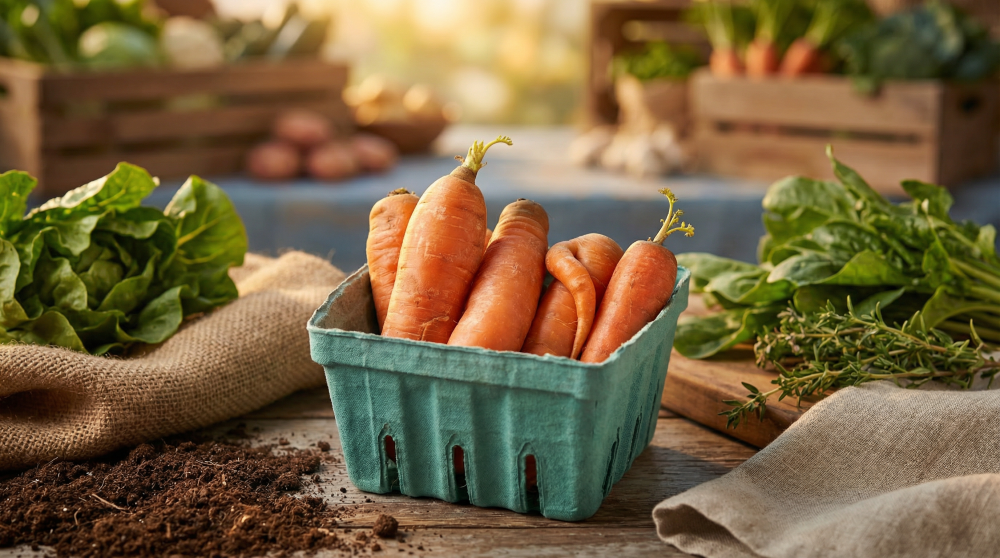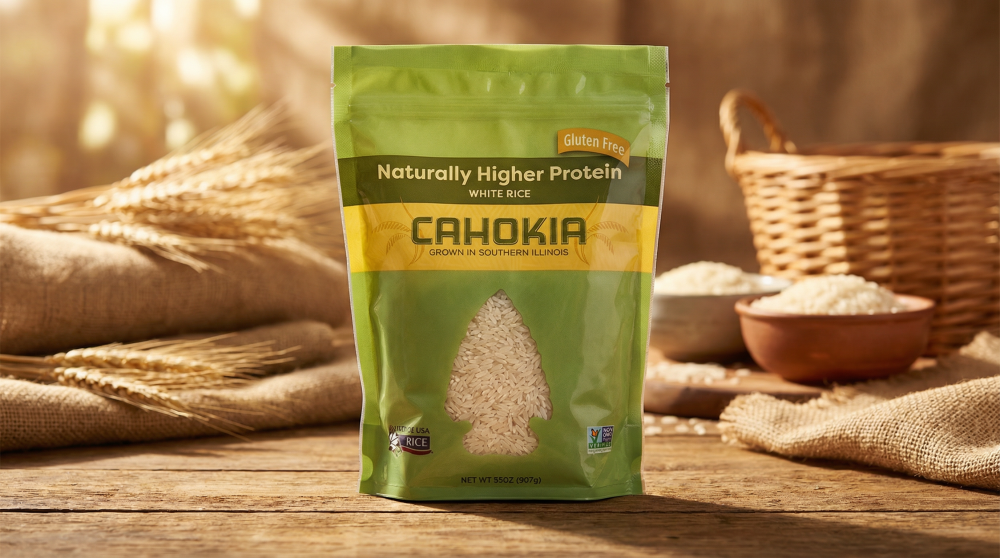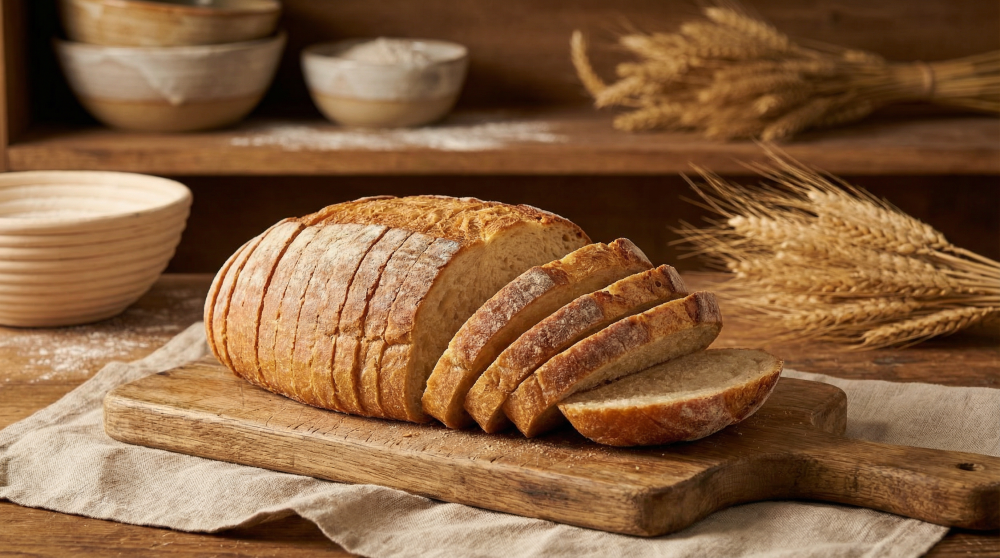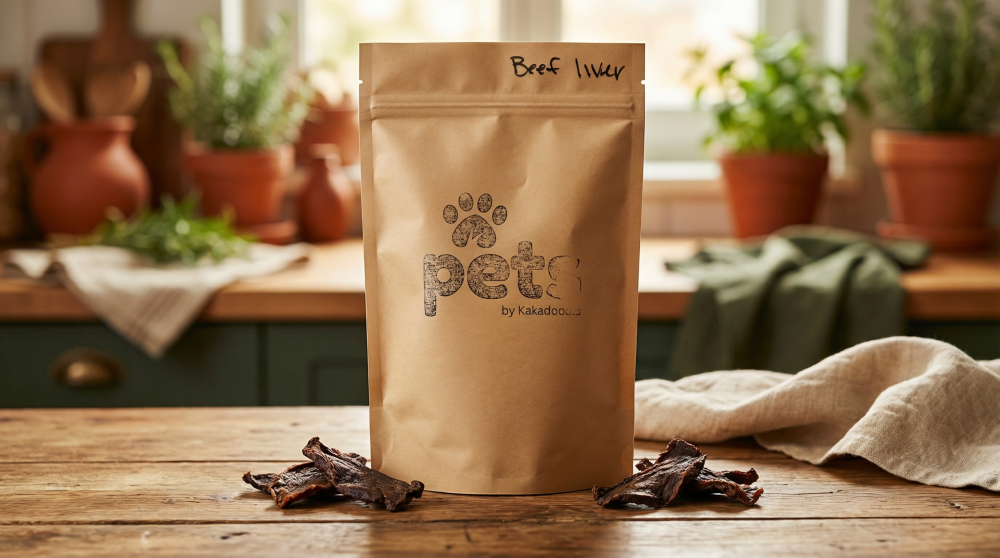article Why Is It So Much More Expensive?
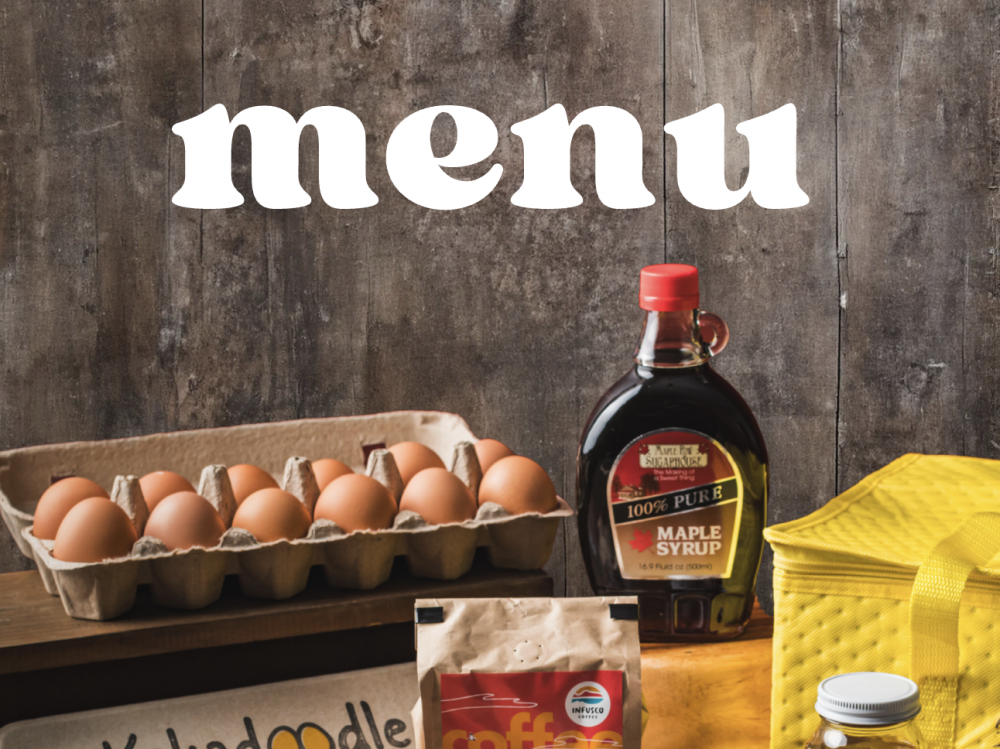
We recently started handing out a Kakadoodle “menu” at the farmers market. It’s basically a one-pager that explains the products we offer and why it matters. The theme of the menu (you can view it here) is that every grocery dollar is a vote. When you shop with Kakadoodle, you're voting for chemical-free, regenerative farming. You're supporting local families and small farms instead of big corporations. We also included a price comparison with Whole Foods, just to give people a reference point.
A lot of folks are surprised to see that a lot of our prices are pretty competitive with Whole Foods. Sometimes even less. But a few items—like chicken breast, bacon, and filet—stand out as way more expensive. It’s usually enough to spark a conversation at the booth. People ask, “Why is it so much more expensive?” And honestly, it’s a great question. Let’s dig in...
First, Some Numbers
MariKate usually gives a quick and honest answer. Something like, “We process whole animals. There’s only so much bacon you get out of a pig. Or filet from a cow.” And that’s true. But we’ve been thinking more about it lately. Because if you’re just looking at the price tag, you could walk into Whole Foods and grab filet, or boneless chicken breast, or bacon, at nearly half the price. And feel like you’re buying something high quality.
Each month, the USDA publishes a report that tracks the average direct-to-consumer prices for grass-fed beef, pasture-raised poultry, and pasture-raised pork.
These aren’t grocery store prices. These are prices farms charge when selling directly to customers—whether online, at farmers markets, or through farm stands.
Here’s what the USDA reported for June 2025:
| Product | USDA Avg (Small Farm) | Whole Foods Price | Kakadoodle |
|---|---|---|---|
| Filet Mignon | $75.47/lb | ~$32/lb | $67/lb |
| Chicken Breast (bnls) | $16.93/lb | ~$9/lb | $16/lb |
| Bacon | $12.86/lb | ~$9/lb | $18/lb |
🧠 USDA uses prices from small farms across the country.
They’re not weighted by volume, so a tiny boutique farm charging $90/lb has the same impact on the average as a larger local farm charging $35/lb. But overall, these reports give us a clear picture:
Prices for regeneratively raised meat are consistently higher—because the real costs are higher.
Kakadoodle’s prices fall right in line with the USDA data. In some cases, we’re even undercharging compared to what other regenerative farms charge.
Still, it begs the question—how is Whole Foods able to charge so much less?
The Whole Story
The short answer is: scale. Whole Foods works with large producers—including brands owned by Tyson and Perdue—that can deliver huge volumes at consistent prices. These operations still meet Whole Foods’ baseline animal welfare standards, but they’re not small, regenerative farms like ours. Their meat might be technically “antibiotic-free” or “Step 1” certified, but it often comes from confinement-style barns, processed in massive facilities, and raised in a system built for efficiency—not ecology. That scale brings costs down and allows them to offer lower prices, even on premium cuts like filet, chicken breast, or bacon. But it also means something very different is happening on the farm.
It wasn’t always this way. MariKate and I are just finishing up The Whole Story by John Mackey, the founder of Whole Foods. It’s kind of eerie how much his early days remind us of Kakadoodle. Shortly after opening their first store, it flooded. They lost everything. But instead of giving up, the community rallied around them—cleaning up, donating, helping them survive. Sound familiar!? Reading his story gave us a lot of hope and inspiration.
But after Amazon's acquisition of Whole Foods, things started to change. Will Harris, the founder of White Oak Pastures in Georgia, was actually the first grass-fed beef producer to get into Whole Foods. He basically put “grass-finished” beef on the map. Back then, Whole Foods was eager to work with regenerative, small-scale farms like his. But after Amazon bought them, things changed. Will shares the full story in his blog post, “To Our Whole Foods Customers,” where he explains how the company shifted away from farms like his in favor of large-scale suppliers who could deliver industrial quantities at industrial pricing. It’s a tough read, but it tracks with what we’re seeing now.
And if you’ve got a long drive or time to kill, Will’s interview on Joe Rogan is worth a listen. It’s raw, honest, and inspiring. Hearing someone who’s been doing this for decades talk so clearly about the real cost of raising food the right way was incredibly validating for us. It reminded us why Kakadoodle exists—and why we’re sticking to our path.
So Why More Expensive?
Because we’re not selling commodity meat. We’re not backed by Amazon. We raise animals in a way that respects them and the land. We process in small batches. We break down whole animals and sell every part. We work with nature instead of against it. There’s no factory, no shortcuts. And the real cost of that shows up in the price tag.
Yes, filet, bacon, and boneless chicken breast are more expensive. But that’s because we’re being honest about what it takes to produce them—without compromise. And at the end of the day, that’s what we’re offering: transparency, integrity, and food you can feel good about.
Thanks for asking. And thanks for voting with your grocery dollars to support the kind of food system we all deserve.
